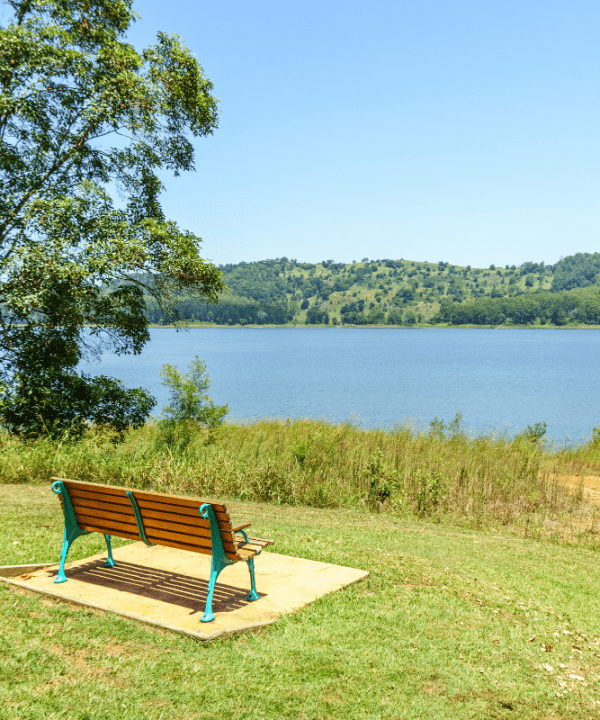
PROJECT DETAILS
- Project No 1123
- Project Name Developing guidance for assessment and evaluation of harmful algal blooms, and implementation of control strategies in source water
- Lead Organisation Southern Nevada Water Authority
- Research Lead University of Adelaide
- Completion Year 2022
Project Description
The environmental conditions which cause blue-green algae (cyanobacteria) blooms vary according to location, the climate, and other attributes of aquatic ecosystems. This variety has made it difficult to develop one broadly applicable predictive model for cyanobacterial blooms. Water utilities monitor source waters to implement cyanobacterial risk management programmes but there are no standard protocols while limited information transfer between utilities has prevented the identification of management strategies that do or do not work. This research reviewed literature about early warning systems (Almuhtaram et al., 2021) and source control strategies, conducted a survey of 35 utilities in America and Canada (74%) and Australia (Kibuye et al., 2021) and evaluated selected control strategies. These different types of information were synthesised into decision trees within an overarching guidance document. It was concluded that a 3-tier framework to detect algal blooms which monitored biological activity, then confirmed the identification of cyanobacterial genes and associated metabolites gave sufficient early warning, while multi-barrier control strategies gave field-scale efficacy and enabled timely responses.





